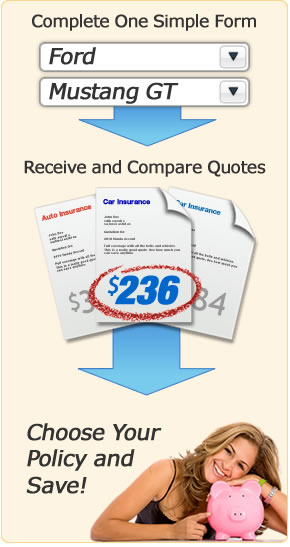
Cut your Chevrolet C1500 Insurance Rates in Five Minutes
If shopping for auto insurance was more enjoyable, it would get done more often. But more than likely, it's challenging for most people and we always end up paying more than we want. Finding affordable insurance for your Chevrolet C1500 is probably the same story.
Step One: Compare Rates
Years ago, your local insurance agent was the only way to quote a buy a car insurance policy. Life has gotten easier!
Comparing apples-to-apples price quotes for your Chevrolet C1500 is made easy by only requiring one form to be completed. This will shop your coverage with multiple companies and allow you to easily compare rates.
To compare rates now, have your current policy handy (if you have one) and click the link below. Complete the short form and move on to step two.
Same Limits on Quotes! This tip is very important. The only way to accurately compare rates on your C1500 is to use the same limits of liability as well as deductibles on physical damage coverage. You won't be able to compare rates if you use different values on your quotes.
Step Two: How to Cut Costs on C1500 Insurance
Now that you have several rates to compare (since you did compare rates above, right?), we will now show you some additional ways you can lower your C1500 insurance rates.
- Do you keep your credit rating in good shape? If you do, you will get a better rate than if you let your credit score slide. Check your credit score regularly to make sure there are few blemishes on your record.
- A single speeding ticket can cost you several hundreds of dollars over the next three years thanks to increased car insurance rates. Slow down and drive safely.
- Most insurance companies will give you a discount on your car insurance if you also own a home. Some go even farther and give you discounts if you package your homeowners and auto insurance with them.
- If your insurance company allows driver-specific car rating, you can save money by rating any teenage drivers on low profile vehicles with either no physical damage coverage or very high deductibles.
- Allowing your insurance to lapse for any length of time will increase the cost of a new policy. Always keep coverage in force.
- Filing small claims will get you into hot water with your insurance company. Frequent filers will often find themselves either paying higher rates or non-renewed at renewal time.
- If your city or county offers a driver's safety course, find out if your insurance company will give you a discount to complete it. It could save you up to 10%.
- Newer car models are coming standard with advanced passenger safety systems, and these help reduce the risk of injury in an accident. Less injuries mean lower insurance rates.
- Car insurance disounts for senior citizens are often offered by companies as well as discounts for belonging to a professional organization.
- Vehicle thefts drive up the cost of everyone's insurance, but if your C1500 is on the list of the most frequently stolen cars, you might be paying just a little extra.
- A deductible is the amount you pay before your company pays a comprehensive or collision claim. If you increase your deductibles, you will pay less for these coverages.

Step Three: Finalize your Car Insurance Policy
You've compared rates and hopefully looked over the coverages for each vehicle on your policy to make sure they're adequate. Now you can make the big decision on which company will best fulfill your needs.
An important thing to keep in mind when buying a new policy is you want the effective date of the new policy to be the exact same as the date you are cancelling your old policy.
When buying a new vehicle, coverage will extend from your existing policy. But if you don't have a car insurance policy, you will want to make sure you have coverage BEFORE you drive off the lot. Comprehensive (or Other than Collision) and collision coverage will extend to your new C1500 if you current have a vehicle insured with those coverages. If you aren't insured or only carry basic liability coverage, then you will be inadequately insured until you add the vehicle to your policy with full coverage.
Once you finish buying your new policy, you will need to print out the proof-of-insurance card that is provided by your new company. This card is proof that you meet the state's minimum liability limits and is required to be kept in your vehicle. If you're considered a high-risk driver, having been convicted of a DUI, DWI, reckless driving or had your license suspended, you may need to file a SR-22. Be sure your new company files this form with your state DMV. Failure to do so can result in losing your right to drive.
Consumer Insurance Information
The Insurance Information Institute is the industry authority for consumer car insurance information.

